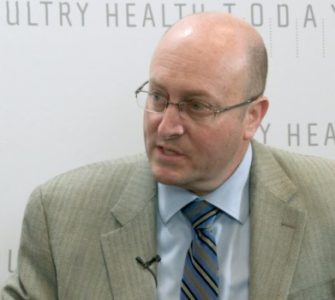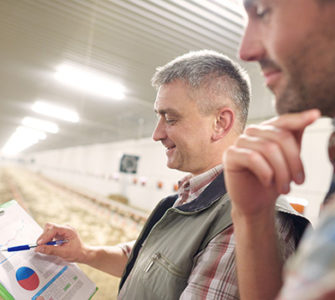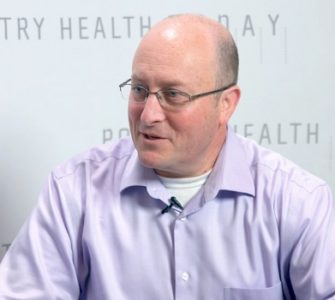Team effort by human, animal sectors needed to ensure responsible antibiotic use worldwide
While the poultry and livestock sectors have drawn the ire of consumer and medical groups for the growth of antimicrobial resistance, it is wrong to “partition blame,” Randy Singer, DVM, PhD, University of Minnesota, told Poultry Health Today.
Instead, a united effort to change the way antibiotics are used in animal and human medicine is key to reducing the global risk of antimicrobial resistance, said the veterinarian and epidemiologist.
Both animal and human health sectors must take a collaborative, “one health” approach to finding ways to limit antibiotics use, he added.
Without targeted interventions, the diversity of resistance to antibiotics — both in human and animal medicine — will continue to grow, putting the world’s health at risk.
Work with human medicine
“What I would prefer… is to work with our human medicine colleagues to find solutions for this problem that affects all populations, whether they be human, agricultural or companion animals,” he said.
“Changing how we use antibiotics, the amounts we use, the types of antibiotics we use is an important concept in all of these fields.”
As part of the approach, Singer, who has spent much of his career researching the possibility of antibiotic resistance transfer from human to animals, said the poultry and livestock sectors need to understand where improvements can be made — as well as where the potential threats lie.
“Really working in disease prevention, management strategies that might reduce the incidence of disease which would then obviate the need for antibiotics in the first place — those are some critical pieces that we can do better on in animal agriculture,” he said.
Even though the majority of antibiotics used by the US poultry industry are not used in human medicine, many antibiotics have a counterpart in human medicine that bacteria could develop resistance to, he added.
Bacteria ‘do incredible things’
“Bacteria have complex genetic arrangements and can do incredible things,” Singer said. “They are always one step ahead of us. So, trying to predict how any of our uses of an antibiotic or even metals or other disinfectants might influence antibiotic resistance is a serious challenge.”
Singer said the FDA’s decision to eliminate performance claims from antibiotics it considers medically important to humans has been an important first step. Meanwhile, many businesses are working with veterinarians to evaluate their use of antibiotics on farms and create personalized prevention and treatment programs.
“And whether it’s ‘no antibiotics ever’ and treatment if needed — or if it’s trying to prevent disease, hopefully resulting in even fewer treatments needed — there’s a variety of approaches to maintaining health and ensuring a wholesome and healthy food supply.”
To continue to make progress, Singer said increased monitoring will be key to helping the poultry sector understand how it uses antibiotics and where improvements can be made.
Working with broiler companies, he is currently capturing data on key bacteria, such as salmonella and campylobacter, to understand the relationship between antibiotics use and resistance.
“It is expensive, it’s time-consuming, and we don’t really have a great funding model for that kind of a monitoring system. But in my opinion that is really what we need to put [antibiotics use] into better context.”
Posted on June 14, 2018

















